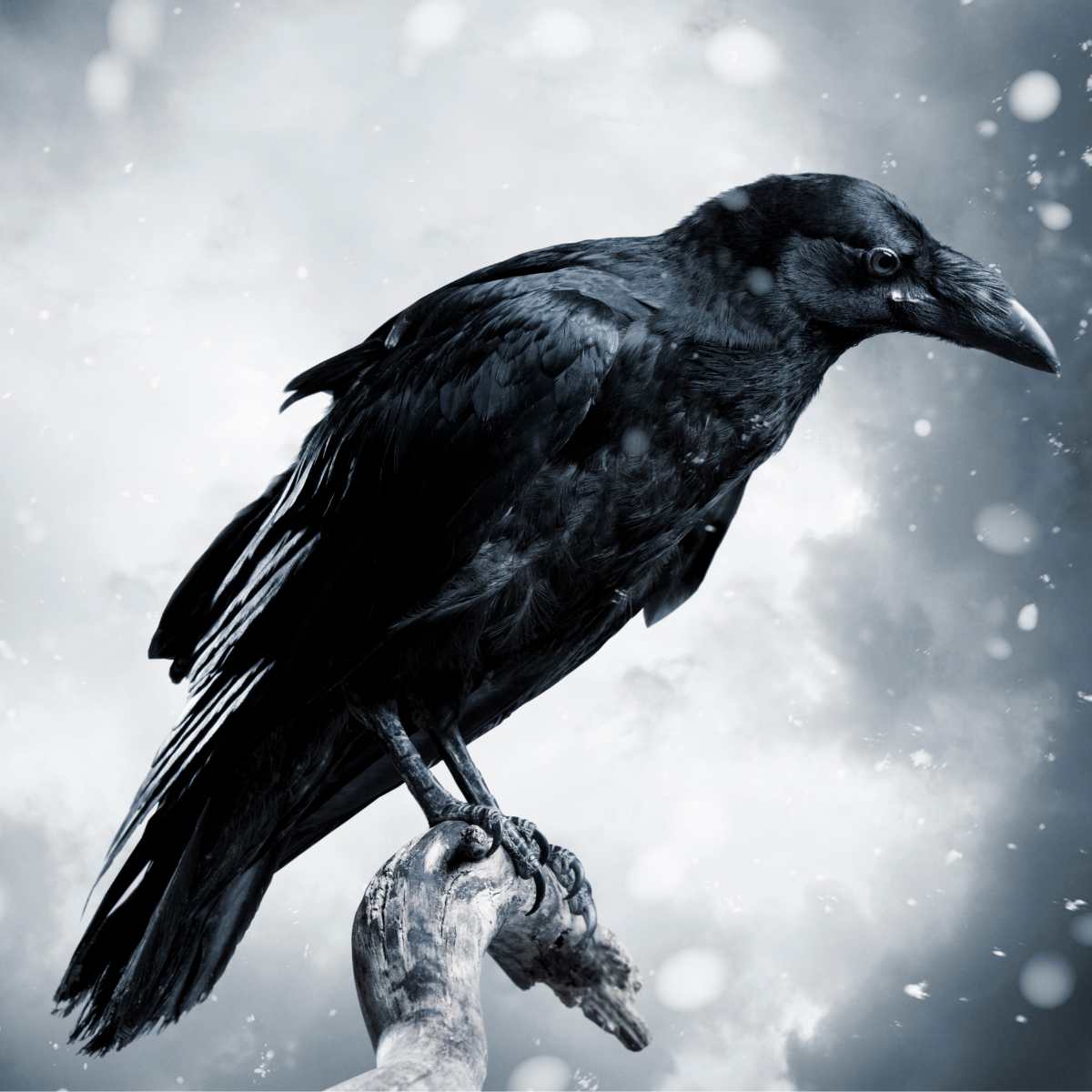You have probably heard of Odin, the Allfather in Norse mythology. He's often depicted with two raven companions, Hugin and Munin. But these ravens might be more than just messengers bringing news. Let's delve deeper into their symbolism and what they represent.
Beyond Thought and Memory
Traditionally, Hugin is translated to "thought" and Munin to "memory." While these translations make sense on the surface, a closer look reveals a more complex picture.
-
Hugin: The word "hugr", the root of Hugin, can also encompass concepts like mind, heart, and even courage. Think of it as representing your entire mental state, not just pure logic.
-
Munin: The root of Munin, "mun," can also mean "desire" or "will." Imagine Munin representing your drive and motivation, the fire that fuels your actions.
Fear of Loss
The poem "Grimnismal" offers a clue. Odin expresses fear that one day his ravens won't return. If Hugin represents his mental state, losing him would mean losing his capacity for reason and action. But if Munin represents his will, losing him would be a descent into apathy and purposelessness.
Open to Interpretation
The beauty of Norse mythology is the open-ended nature of its symbolism. Hugin and Munin can represent different things to different people. Perhaps they represent:
- The balance between reason and desire.
- The importance of both knowledge and motivation.
- The need to take care of our mental well-being.
Reflection
Consider your own Hugin and Munin. What drives you? What fuels your curiosity and keeps you engaged with the world? By reflecting on these ravens, we can gain a deeper understanding of ourselves.
So, the next time you see Odin with his ravens, remember that Hugin and Munin represent more than just thought and memory. They embody the complex tapestry of our mental landscape.

